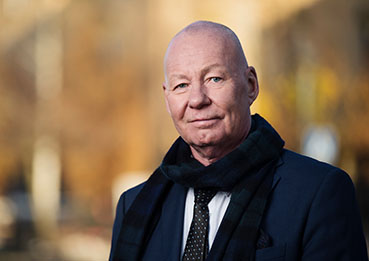With a new administration in the White House, there is also growing concern that research deemed controversial by the political leadership, for whatever reason, could be challenged. The federal government funds about one-fifth of university research, although this varies by state and by type of institution. In other words, there is scope to directly influence US research universities through the federal budget.
What could be perceived as controversial is anything from gender research to climate-related research issues. Things that could be perceived as left-wing research issues or research based on specific social issues where the administration has a clear opinion that it does not want to be challenged. To even try to list areas of research that the political leadership might want to stop is strange. It shows that the threats to academic freedom are not just theoretical speculations, but a real reality.
In Sweden there is not yet the same threat to university research that is now being portrayed by American debaters. But there are tendencies. There have been a number of cases where researchers have been subjected to what is sometimes called ‘dismissal’. From time to time, criticism of certain research directions is articulated in public debate, including by leaders of certain parties.
Although I have used the Trump administration as an example above, it is not so simple that all threats come from the same side of the political right-left scale.
Rather, it is probably the case that over time it has become increasingly legitimate to question research and researchers, and by extension higher education institutions, from different political perspectives.The risk is that researchers will be silenced and that research will move into less and less controversial areas. Another risk is that researchers will censor themselves to avoid criticism or, in the worst case, various forms of persecution.
The government’s announcement in the Research Bill of an inquiry to propose measures to protect and strengthen academic freedom is much needed. But we all have a responsibility to stand up for the right to free research and for academic freedom in practice.

